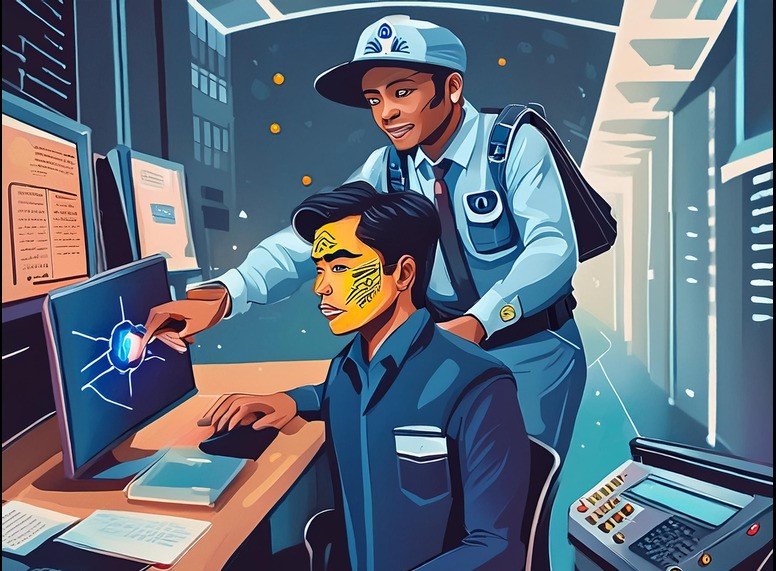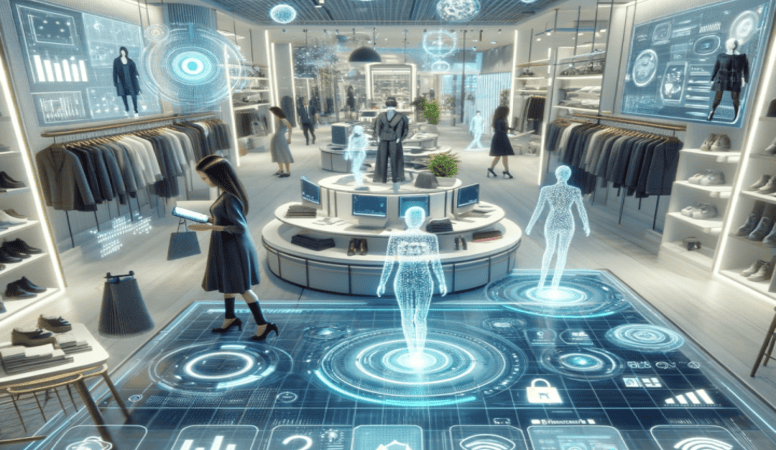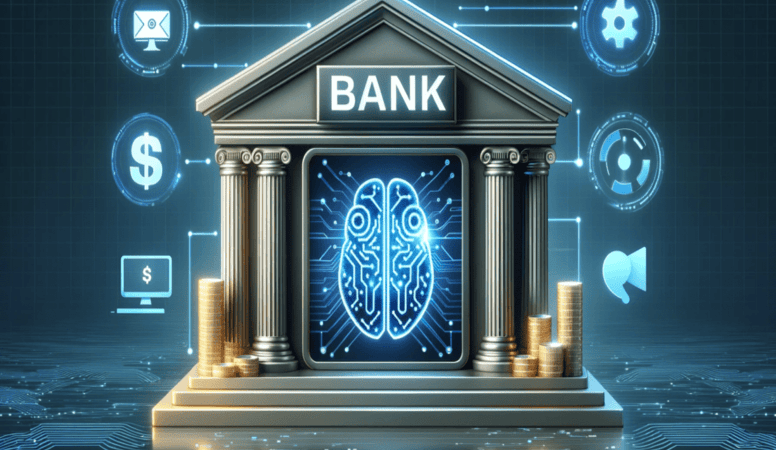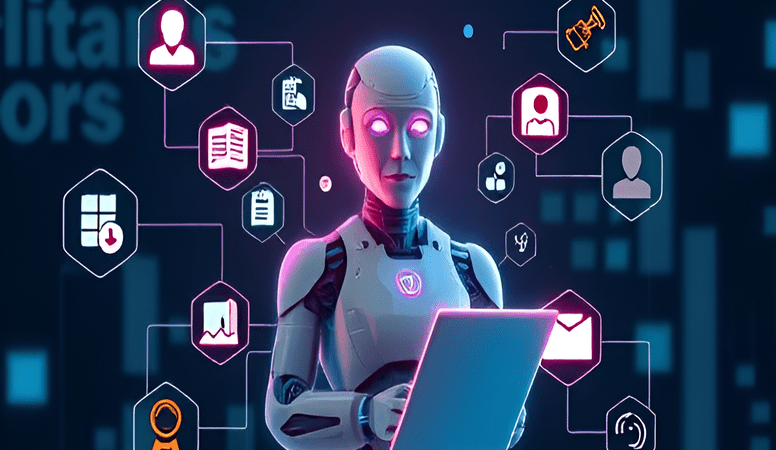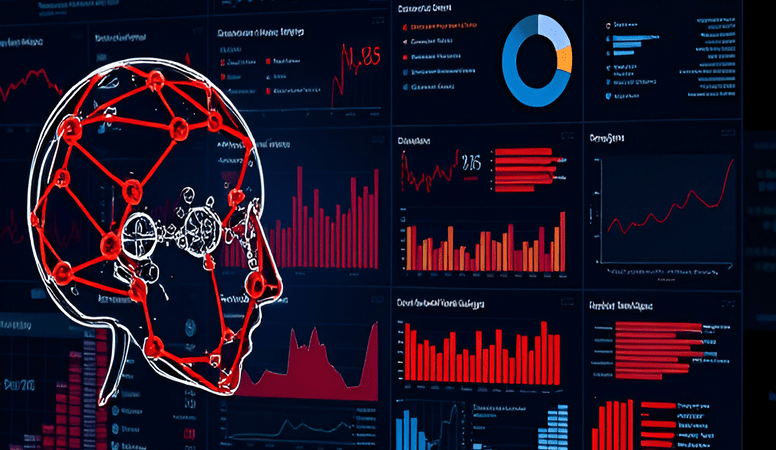Artificial Intelligence (AI) is increasingly being integrated into criminology and police administration, offering powerful tools to enhance public safety, crime prevention, and law enforcement efficiency. AI technologies, such as predictive analytics, facial recognition, and natural language processing, enable law enforcement agencies to analyze vast amounts of data, identify patterns, and predict potential criminal activities. The integration of AI in criminology and police administration has the potential to transform the way law enforcement agencies operate, making them more efficient and effective in preventing and solving crimes.
AI: the new ally in criminology and police work
In today’s crime-fighting world, artificial intelligence (AI) is like a new James Bond for detectives and police officers. It’s not about robots patrolling the streets; It’s about smart software that helps understand a lot of information quickly and accurately.
Pattern Recognition: AI Spy One of the best things AI does is pattern recognition. Just as a skilled detective can uncover a clue that blows a case wide open, AI can sift through mountains of data to find patterns that might take humans years to see. This could be anything from locating a car that has been at several suspicious locations to predicting where a crime may occur next.
Traffic Control: AI’s Watchful Eyes On the roads, AI is like an extra set of eyes that never get tired. It keeps track of traffic violations and helps enforce the rules, making sure everyone stays safe. It’s not just about catching speeders; It’s about preventing accidents before they happen.
Future Prediction: Crystal Ball of AI, AI can act like a crystal ball for crimes. By looking at past crimes one can predict when and where a crime may occur. This helps the police to reach the right place at the right time and stop crimes before they occur.
Helping the Helpers: AI Behind the Scenes AI isn’t just about catching bad guys; It’s also about helping people who have made mistakes before. It can predict when someone who has been in trouble with the law is likely to get into trouble again, and can help plan programs to prevent this.
The AI debate: Not all roses But it’s not perfect. There is a huge debate going on about how AI is being used in policing. Some people worry that the data used by AI may be biased, meaning it may not be fair to everyone. It is important to monitor this and ensure that AI is used in the best possible way.
Some Advanced Benefits of AI in Criminology and Police Administration
Predictive policing: AI algorithms can predict where and when crimes are likely to occur by analyzing historical crime data. This helps law enforcement agencies allocate their resources more effectively by focusing on areas with a greater potential for criminal activity.
Facial Recognition: AI-powered facial recognition technology helps police identify suspects by matching their faces with images in the database. This can speed up investigation and lead to more accurate identification.
Crime Pattern Analysis: AI algorithms can analyze large amounts of data to identify patterns and trends in criminal behavior. This helps law enforcement agencies understand crime hotspots, modus operandi and potential suspects.
Risk Assessment: AI tools are used to assess the risk level of individuals involved in criminal activities or who are under police surveillance. This helps in making informed decisions about parole, bail or probation.
Evidence Analysis: AI systems help analyze digital evidence such as videos, images and audio recordings to gather vital information to solve crimes. These tools can help enhance forensic investigations.
Automated Transcription and Translation: AI-powered transcription and translation tools help police agencies process and understand multilingual or recorded conversations, making it easier to gather evidence and intelligence.
Sentiment analysis: AI algorithms analyze social media and other online platforms to measure public sentiment and detect potential threats or planning or discussion of criminal activities.
Resource allocation: AI helps optimize the allocation of police resources by analyzing data on crime rates, population density and other relevant factors. This ensures that law enforcement agencies can respond more efficiently to emergencies and prioritize their efforts.
Virtual Assistants: AI-powered virtual assistants are being used by police departments to handle routine inquiries, provide information to the public, and streamline administrative tasks, freeing up officers to focus on more important duties.
Training and simulation: AI-based simulations are used to train police officers in various scenarios, improving their decision-making skills and reaction time in real-life situations.
Conclusion!
In criminology and police administration, AI is like a helpful companion who is always ready to help. It’s powerful, it’s efficient, and it’s changing the way we keep our communities safe. As we move forward, it is important to use AI wisely and fairly, ensuring that it benefits everyone. As AI continues to evolve, it promises to transform criminology and police work, making communities safer and law enforcement more proactive and efficient.

